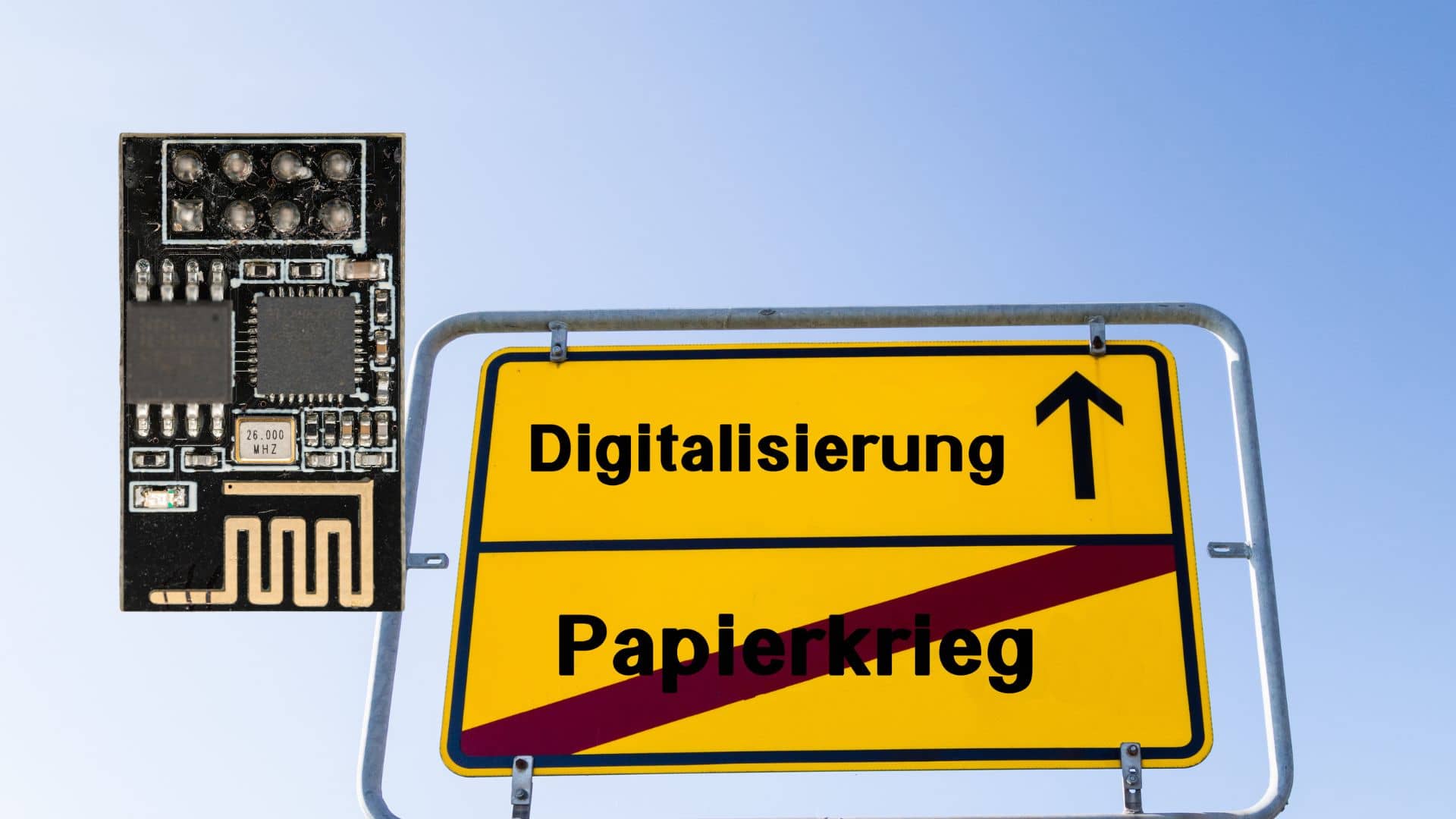IOT Digitalization goes together like wind and sea or hops and malt. Let’s take a brief look at the two words IOT digitization separately.
IOT stands for Internet of Things
The Internet of Things (IoT) refers to the connection of everyday objects, such as household appliances, vehicles and industrial machines, via the internet. The connection allows these objects to communicate with each other and collect and exchange data.
A few examples of IoT would be:
- Smart home devices: These include smart thermostats, for example, which can be controlled via the internet to reduce energy consumption in the home.
- Wearables: These include, for example, fitness trackers that are connected to an app via the Internet to monitor physical activity and sleep patterns.
- Industrial applications: These include, for example, machines that are connected to each other via the Internet to increase productivity and reduce downtime.
- Means of transport: This includes, for example, self-driving cars that are connected to each other via the Internet in order to optimize traffic flow.
- Agricultural applications: These include, for example, sensors in agricultural machinery that are connected to each other via the internet in order to increase efficiency and conserve resources.
If you look at the list, there’s a very good chance that you’ve already come into contact with one technology or another.
Digitization
Digitization refers to the process by which analogue information is converted into digital form. It involves the use of technologies such as computers, cell phones, sensors and the Internet to optimize and automate processes and business activities.
Some examples of this would be:
- Online banking. In the past, bank customers had to go to a bank branch to withdraw money or make transfers. Nowadays, these tasks can be carried out conveniently via the Internet. Customers can check their accounts online, make transfers and payments without having to leave the house. These types of processes, which were previously carried out manually, are now digitally automated, saving time and effort and increasing efficiency.
- Online shopping: Online shopping is an example of a digital process where customers can buy goods and services over the internet without having to visit a physical store.
- E-learning: E-learning is an example of a digital process in which pupils and students can participate in courses and lectures via the Internet without having to be present in a physical location.
- Digital reporting. Instead of keeping reports for a construction site on paper, for example, they are kept digitally (e.g. via cell phone). This prevents errors and saves time by duplicating work. We have developed a platform that makes digital reporting affordable for even the smallest SMEs.
And how are the two buzzwords IoT digitization now connected?
The IoT and digitalization are intertwined, as the IoT can help to digitalize processes and business activities. By connecting everyday objects via the Internet, data can be collected and analyzed to identify patterns and trends and make decisions. In this way, companies can optimize and automate their business activities and thus drive forward digitalization.
Some examples of this are
- Smart electricity meters: Smart electricity meters are connected to the internet and can monitor electricity consumption in real time. This information is sent to the electricity suppliers to facilitate billing.
- Smart farming: By using sensors and other IoT devices, farmers can monitor the condition of their fields in real time and use this information to optimize the use of resources such as water and fertilizers.
- Smart waste garbage cans: Smart garbage cans are equipped with sensors that monitor the fill level and transmit this information to the waste collection service. This optimizes waste transport and conserves resources.

